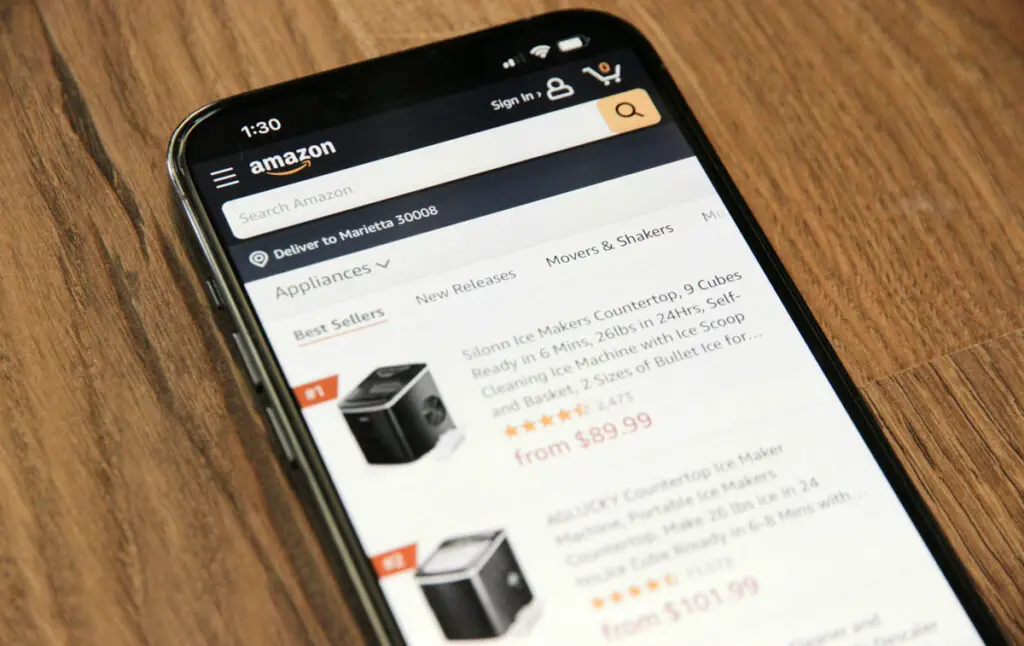How to Harness Persuasive Marketing to Captivate Your Audience
Getting your business’ message to the right audience is difficult enough. So many marketing pros end up spending a lot of their effort on increasing the audience size rather than crafting the perfect message to deliver to that audience.
Be sure to infuse these three ingredients into your advertising, and you’ll be smooth sailing.
A Quick Introduction from Aristotle
Aristotle introduced the three modes of persuasion in Rhetoric (written in 350 BCE). In Rhetoric, Aristotle writes that persuasion is the counterpart to dialect. While “dialect” signifies discourse and discussion, “persuasion” suggests an intent to seduce an audience into your position.
Ethos, Pathos, and Logos are all critical tools of persuasive marketing. Some audiences are more susceptible to one mode, but a strategic combination of all three will hook your audience in a deep way.
Ethos: Trust, Character, and Reputation
There isn’t much more valuable to a business than trust. Trust helps a business go from 100 to 1,000 customers. Trust helps overcome PR nightmares. Trust is the lubricant that keeps business moving.
Great marketing messages reinforce trust with your audience. This is the foundation of persuasive advertising techniques.
Here are several ways to build trust:
- Use a spokesperson your audience trusts (e.g., celebrity endorsements).
- Feature testimonials from relatable customers.
- Cite research from reputable institutions.
- Build a reputation so that your logo speaks for itself (e.g., Apple).
- Include people in your advertising who resonate with your target audience.
Logos: Logic, Reason, and Evidence
Every successful persuasive marketing strategy includes a logical argument. Whether you’re highlighting benefits, addressing objections, or sharing key data, logic ensures your audience sees your brand as the rational solution to their problem.

A prime example of logos in persuasive marketing is Amazon. Through its streamlined checkout process, Prime membership perks, and cost-effective pricing, Amazon positions itself as the logical choice for online shoppers. For instance, its “Frequently Bought Together” feature appeals to reason, showing customers what products complement their purchase. This subtle tactic increases both trust and sales by offering logical, data-backed suggestions.

Similarly, Dollar Shave Club taps into logic-based advertising examples by solving a common problem: the inconvenience of running out of razor blades. By offering a monthly subscription, they make sure customers never face the hassle of shaving with a dull blade again. Their approach integrates logical solutions with emotional and trustworthy messaging.
Pathos: Emotion, Feelings, and Identity
Pathos is often the most overlooked aspect of persuasive marketing. While logic and trust are critical, emotion is what drives action.
Have you ever tried to—logically—convince an iPhone enthusiast that an Android phone offers the same (or even better) features? It rarely works because humans are deeply emotional decision-makers. In the same way, your marketing should evoke feelings that build loyalty and identity with your brand.
One company that excels in emotional marketing is Coca-Cola. Their campaigns consistently evoke joy, nostalgia, and togetherness, often focusing on shared experiences rather than the product itself. The “Share a Coke” campaign is a brilliant example. By personalizing bottles with popular names, Coca-Cola created an emotional connection that encouraged customers to buy and share bottles with loved ones, turning a simple product into a meaningful experience.
Ideally, you want your clients to be so emotionally connected that they stick with you even when approached with a more logically sound argument. Are you selling enterprise software to Fortune 500 companies? You can spout logic all day long, but the truth is that you’ve got to overcome the buyer’s emotional connection to their current provider (or the fear that they’ll get fired if your solution doesn’t deliver). I can’t tell you how many times I’ve received a business card from someone immediately followed by the statement: “Don’t look at our website, it’s not very good.” One of our most powerful phrases when selling Shout Out Studio’s services is “We’ll give you a website you’re proud to send prospects to.”
I repeatedly recommend Keep Financials to fellow small business owners. The phrase I use is this: “They make it really easy for my wife and me to sleep at night knowing all the complicated financial stuff is taken care of.” They’re selling accounting services, but what they’re delivering is peace. For them to miss out on this bit of persuasion would be a tragic mistake.
How to Apply Ethos, Logos, and Pathos to Your Marketing
One of the best exercises to refine your persuasive marketing strategy is to brainstorm three lists: Trust, Logic, and Emotion.
Once you’ve taken an hour to brainstorm from this perspective, you’re able to easily mix & match in order to create a compelling marketing message. Here are some examples from:
“I’m Tom, a founder of a tech startup. Shout Out Studio handled my logo design and the printing of all my business cards and marketing materials. Potential investors continually comment on how sharp my materials look.”
“As a 26-year-old starting my own business, I wasn’t really sure where to spend my marketing dollars but I knew I needed to be doing something. Because of Shout Out Studio, I’ve seen a steady stream of new customers. Now I can focus on the parts of the business that I’m more excited about.”
“I didn’t understand a thing about the internet and marketing online. I always thought our website could be better and everyone is telling me that social media is important. I was drowning in a sea of providers, marketers and information. Shout Out Studio helped me make sense of it all and helped us get the web working for our business.”
“Because most of my products are sold online, I’ve been able to easily track the increase in revenue Shout Out Studio has created for me. Investing in a relationship with them is the best dollar spent for my business. I’m happy to write them checks because I know it’s turning into new revenue for me.”
Make sense? In each example, you’ll see trust, logic & emotion being appealed to. If you do this well, you won’t have to worry about losing clients to competitors, you’re going to worry about how to handle the increase in new business
When you combine these elements, you’re not just reaching your audience—you’re connecting with them. This holistic approach will not only attract clients but also foster loyalty, ensuring they stick with you even when competitors come calling.

